Symptoms
Cranial cysts
- Macrocephaly: The most common presenting symptom in infancy is macrocephaly.
- Headaches: Headache is the most common presenting complaint. The relationship between headaches and arachnoidal cysts is not always clear, however, given the high rates of headaches in the population and the high rates of incidental arachnoid cysts.
- Ventriculomegaly: It has been reported that 60% of supratentorial cysts and 80% of infratentorial cysts may be associated with ventriculomegaly (6, 12).
- Seizures: Middle fossa cysts may be associated with seizures (7.5% of patients) and cognitive issues (as high as 10% of patients, especially those with larger cysts). It is commonly felt that the cyst, seizures, and cognitive issues are all due to a common developmental abnormality of the temporal lobe and that the cyst itself is not causing the seizures (9).
- Trauma: A patient with an arachnoid cyst may present with hemorrhage or rupture after minor head trauma, causing subdural hematoma or subdural hygroma.
- Skull irregularities: Intracranial arachnoid cysts may present with focal expansion of the adjacent skull.
- Associated syndromes: Increased incidence is seen in conjunction with Down syndrome, mucopolysaccharidosis, schizencephaly, and neurofibromatosis.
Spinal cysts
- Back pain: Pain will be localized to the level of the cyst.
- Myelopathy: Myelopathy may be present, and it will typically be slow and progressive. In rare cases the cyst may cause paresis and, to a lesser extent, sensory deficits.
Management at Presentation
- Prepare for surgical intervention when symptomatic: The main concern is alleviation of any symptoms that necessitate operative intervention. Otherwise, periodic monitoring for changes in the cyst or development of symptoms is all that is necessary.
- Incidental cysts require no treatment (1).
Please create a free account or log in to read 'Presentation of Arachnoid Cysts of the Head and Spine in Children'
Registration is free, quick and easy. Register and complete your profile and get access to the following:
- Full unrestricted access to The ISPN Guide
- Download pages as PDFs for offline viewing
- Create and manage page bookmarks
- Access to new and improved on-page references

